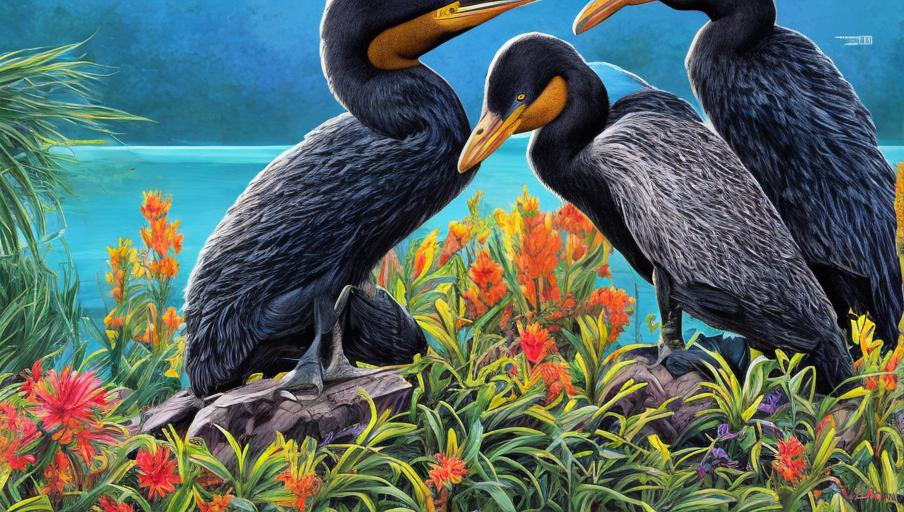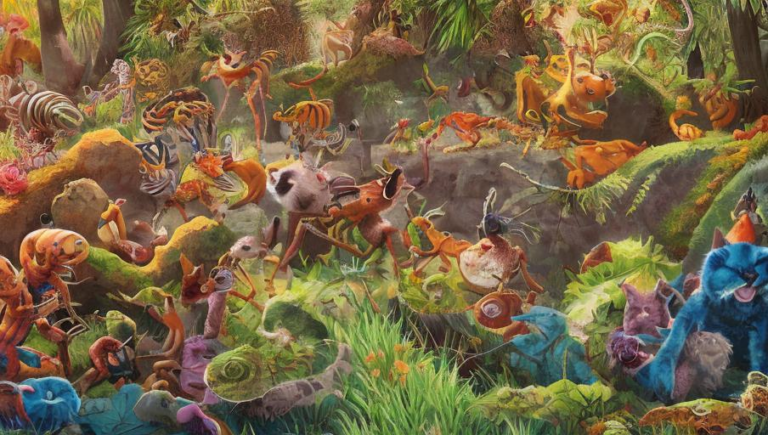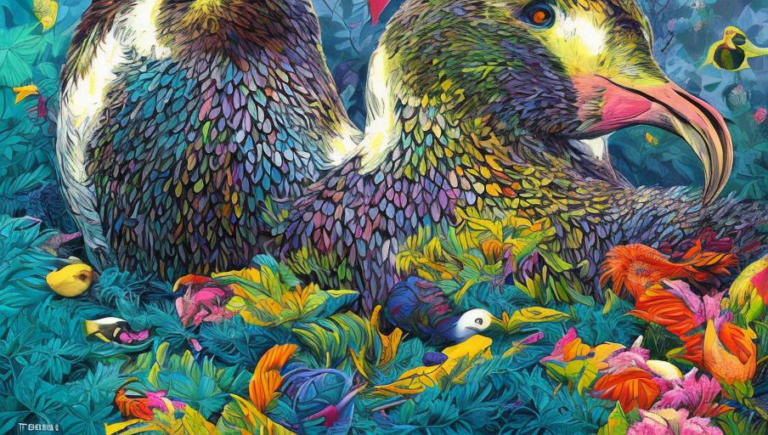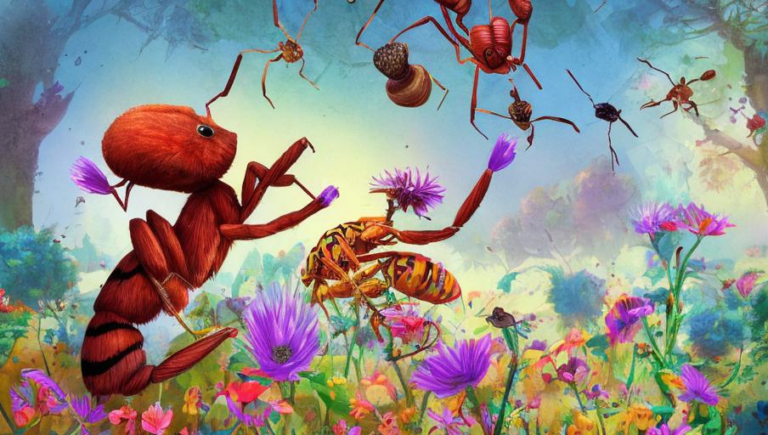Wonders of Cormorant Breeding Habits

Introduction
Cormorants are a group of aquatic birds that are found on most coasts and inland bodies of water. These birds are a large part of the coastal and inland ecosystems, as they help to keep the populations of fish and other aquatic creatures in check. Cormorants, like all other birds, have their own unique breeding habits and behaviors, which can be quite fascinating. In this article, we will explore some of the interesting aspects of cormorant breeding habits.
Nesting Habits
Cormorants are known for their large colonies, which can range in size from a few pairs to a few hundred birds. The nests are usually built on cliffs, ledges, or in trees, and can be constructed from sticks, seaweed, or other materials. The male cormorant will choose a nesting site and will build the nest for the female cormorant to lay her eggs. Once the eggs have been laid, both parents will take turns incubating them. After a few weeks, the eggs will hatch and both parents will take turns caring for the chicks.
Migration Patterns
Cormorants are also known for their migratory patterns, which can vary from species to species. Some cormorants migrate long distances, while others will remain in the same area year-round. Migration patterns can be influenced by a variety of factors, including food availability, weather, and other environmental factors. During their migration, cormorants will often travel in large flocks, which can make a spectacular sight.
Courtship Behaviors
Cormorants have a variety of courtship behaviors that they use to attract potential mates. This can include bowing, vocalizations, and other displays of affection. The male cormorant will often bring a nest material to the female as a way of showing his affection. Cormorants have also been known to perform a “dance” of sorts, in which they will fly in circles around each other. This is thought to be a way of displaying their strength and agility.
Feeding Habits
Cormorants feed on a variety of fish, crustaceans, and other aquatic creatures. They have been known to dive to depths of up to 90 meters in order to find food. Cormorants are able to hunt both during the day and night, and can often be seen flying over open water in search of food. They have also been known to use tools, such as sticks, to help them catch their prey.
Conclusion
Cormorants are fascinating creatures with unique breeding habits and behaviors. They are essential to the ecosystems that they inhabit, and play an important role in keeping the populations of fish and other aquatic creatures in check. Their courtship behaviors, feeding habits, and migration patterns are truly remarkable, and show the complexity and intelligence of these animals. By understanding more about cormorants, we can gain a greater appreciation for the role they play in the environment.





